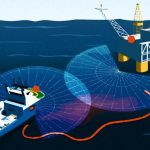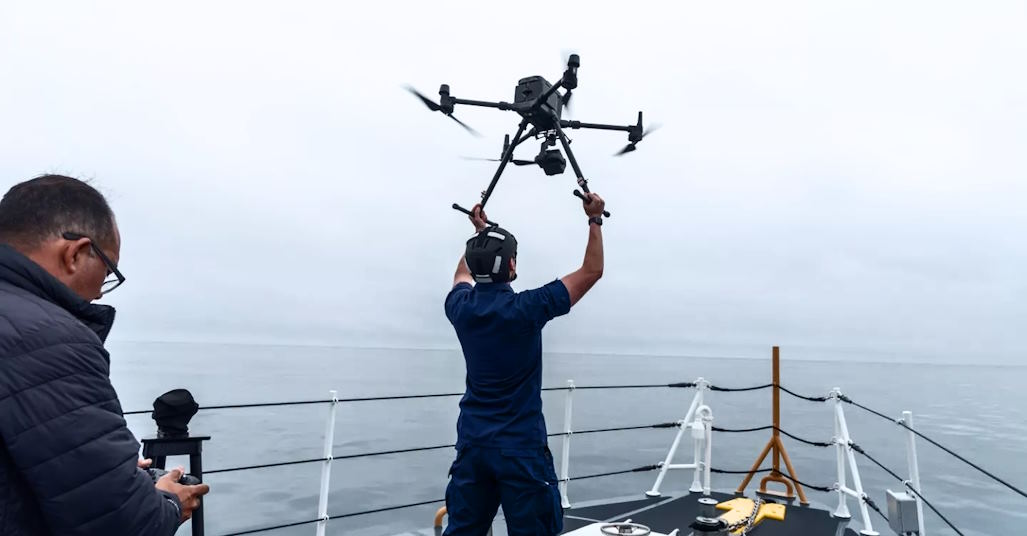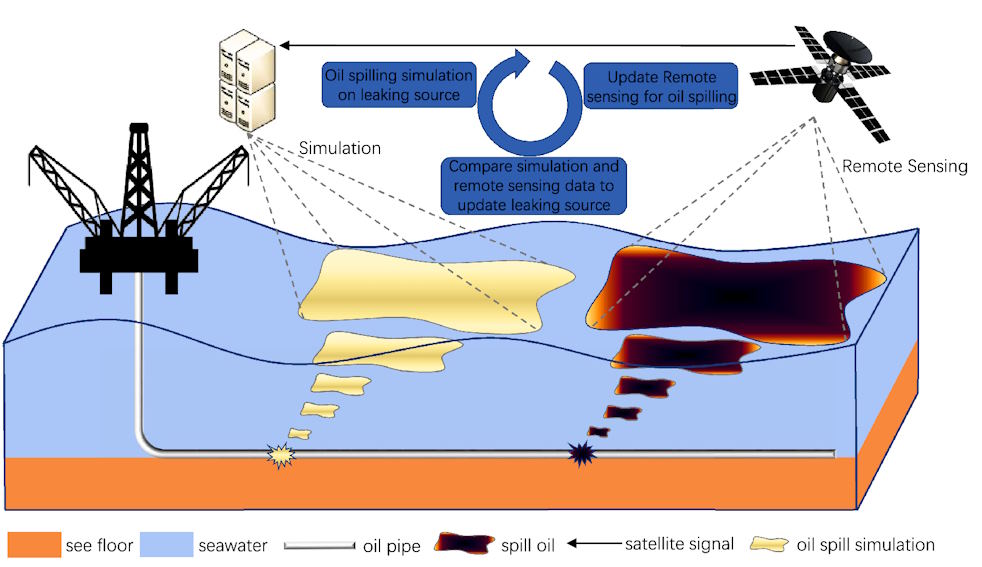
Oil Spill Detection Technologies: From Satellite Imaging to Drones
Detecting and responding to oil spills quickly is crucial to minimize their environmental impact. In this article, we will explore modern oil spill detection strategies, highlighting the integration of satellite and drone technologies that are transforming the way we identify and respond to these disasters.
Modern Oil Spill Detection Strategies
- Satellite Imaging
Satellite technology has revolutionized oil spill detection by providing real-time imagery of large areas, including remote offshore locations. High-resolution satellites can capture oil slicks on the water’s surface, allowing for early detection and rapid response.
- Radar Technology
Radar-equipped satellites can penetrate clouds and darkness, making them valuable for continuous monitoring day and night. Radar can distinguish between oil slicks and natural phenomena like algae blooms.

Satellite and Drone Integration for Oil Spill Detection
- Synergy of Satellite and Drone Technologies
Combining satellite imagery with drones enhances the accuracy and efficiency of oil spill detection. Drones can be deployed to verify and assess the spill’s size and impact in real time.
- Quick Response with Drones
Drones provide rapid response capabilities, enabling authorities to reach spill sites quickly. They can relay crucial information to response teams, facilitating swift and informed decision-making.

Unmanned Aerial Vehicles Transforming Oil Spill Detection
- Remote Sensing with Drones
Drones equipped with specialized sensors, such as infrared cameras and multispectral imaging, can detect oil on the water’s surface. These sensors can differentiate between different substances, improving accuracy.
- Cost-Efficiency and Safety
Using drones for oil spill detection is cost-effective compared to manned aircraft. Drones also eliminate the need for human exposure to potentially hazardous spill sites.
Modern oil spill detection strategies are increasingly reliant on satellite and drone technologies, which offer unprecedented advantages in terms of speed, accuracy, and cost-effectiveness. The integration of satellite and drone data allows for a more comprehensive and rapid response to oil spill incidents, ultimately reducing their environmental impact.
As these technologies continue to evolve, our ability to detect and respond to oil spills will improve even further. However, it’s crucial to remember that prevention remains the best strategy. Efforts to enhance safety standards, enforce regulations, and reduce our dependence on fossil fuels are essential in minimizing the occurrence of oil spills. Nevertheless, the combination of satellites and drones represents a powerful tool in our ongoing efforts to protect our oceans and the environment from the devastating consequences of oil spills. By staying at the forefront of technological advancements, we can better preserve the delicate balance of our ecosystems for generations to come.